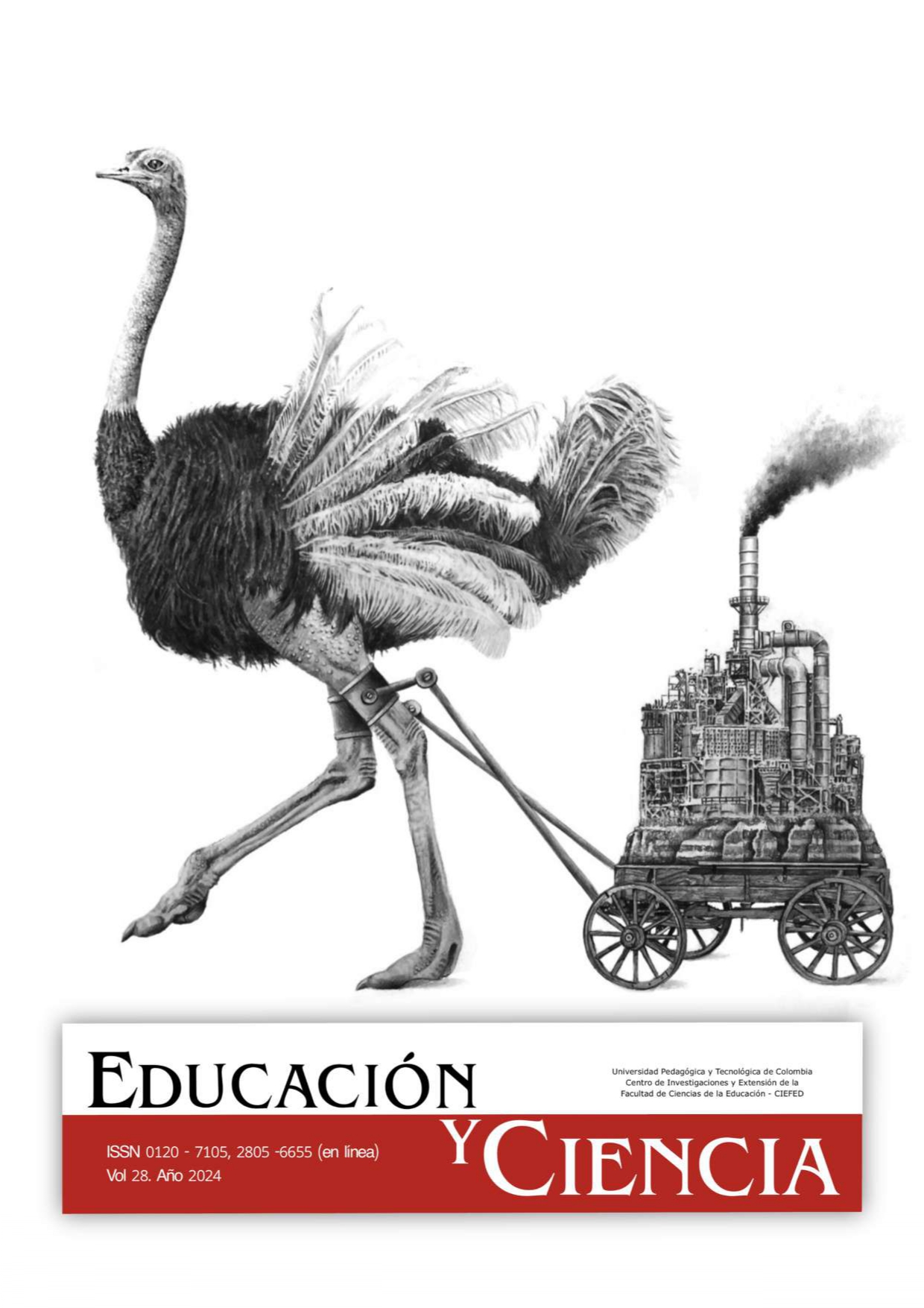The significance of the production and dissemination of the university researcher.

Abstract
The objective of this article is to determine the significance of the production and dissemination of the researcher for their incorporation and/or permanence in the National System of Researchers (SNI). The methodology applied was mixed (quantitative -qualitative), and a multiple-choose questionnaire on a Likert scale whith a complemented response was applied to a sample of 53 researchers. The information generated graphs for descriptive analysis with Excel. The results show a commitment to produce (books, articles, book chapters) from the frontier of knowledge, determined to improve their quality and be published in highly prestigious publishers. Likewise, these are foun in databases such as: Scopus, Web Of Science, Ebsco, JCR, Latindex, Google Scholar and institutional repository. In conclusion, the researcher must be supported with resources from the institution itself, from the quality training itself, in order to generate better conditions in the process of incorporation into the SNI and contribute to the scientific and technological development of the state and from the country.
Keywords
Researcher, production, publication, transcendence, dissemination
References
- Alfonso, F. (2010). Una revisión crítica del proceso de “peer review”. Archivos de Cardiología de México. 80. (4). pp. 272-282.
- Blanco, R. (2007). Educación de calidad para todos: un asunto de derechos humanos. Documento de discusión sobre políticas educativas en el marco de la II Reunión Intergubernamental del Proyecto Regional de Educación para América Latina y el Caribe (EPT/PRELAC), UNESCO.
- Beltrán-Galvis, O. A. (2006). Factor Impacto. Asociaciones Colombianas de Gastroenterología. Endoscopia digestive, Coloproctología y Hepatología. pp. 57-61. http://www.scielo.org.co/pdf/rcg/v21n1/v21n1a09
- Calvo Hernando, M. (2002). El Periodismo científico, necesario en la sociedad actual. Asociación Española de Periodismo Científico, 8. PP. 485-498.
- Cañedo, R., Nodarse. M., Peña, Karen., (2015). ORDIC; en busca de un identificador único permanente y universal para científicos Rev. y académicos. Cubana en Ciencias de la Salud, 26 (1). http://scielo.sld.cu/scielo.php?pid=S2307-21132015000100007&script=sci_arttext&tlng=pt
- Espinosa, Castro, J. F. (2019). Indicadores bibliométricos para investigadores y revistas de impacto en el área de la salud. Revista Archivos Venezolanos de Farmacología y Terapéutica, 38, (2). pp. 132-142. http://www.revistaavft.com/
- Hernández S., R. (2014). En Metodología de la Investigación. Interamericana Editores. Instituto Nacional de Antropología e Historia. [INAH]. (2016.) EBSCO HOST. Base de datos. https://www.enah.edu.mx/index.php/37-serv/100-ebsco
- Instituto Nacional de Antropología e Historia. [INAH]. (2016.) EBSCO HOST. Base de datos. https://www.enah.edu.mx/index.php/37-serv/100-ebsco
- Martin, A. (2018). ¿Qué es una revista indexada? Definición y requisitos. Biblioteca San Juan de Dios. https://bibliosjd.org/2018/03/13/revista-indexada/
- Martínez-Guerrero, C. A. y García-Romero, M. (2018). Producción científica de los investigadores de la Universidad de Los Andes, núcleo Táchira, en el repositorio institucional, Saber ULA. https://www.redalyc.org/journal/880/88055200019/html/#redalyc_88055200019_ref18
- Pérez P., J. y Gardey, A. (2013). Capítulo - Qué es, definición y concepto. https://definicion. de/capitulo/
- Piedra-Salomón, Y., & Martínez-Rodríguez, A. (2007). Producción científica. Ciencias De La Información, 33–38. https://cinfo.idict.cu/index.php/cinfo/article/view/183
- Reyes-Ruíz G. y Surinach, J. (2015). Análisis sobre la evolución del Sistema Nacional de Investigadores (SNI) de México. Investigación Administrativa, 44 (115), pp. 55-69. https://www.redalyc.org/journal/4560/456044958004/html/
- Salas, M. y Zhizhko, E. (2014). Escenario Universitario: La UAZ que todos queremos. Una visión desde el posgrado. Zezen Balsa Editores.
- Spinak, E. (1996). Diccionario Enciclopédico de Bibliometría y Cienciometría e Infometría. UNESCO.
- Toche, N. (2019). México, lugar 28 en producción científica. El Economista. https:// www.eleconomista.com.mx/arteseideas/Mexico-lugar-28-en-produccion-cientifica-20190702-0167.html
- Universidad Nacional Autónoma de México. [UNAM]. (2016). Diferencia entre revistas arbitradas y revistas indizadas. http://bcct.unam.mx/metrics/styled/styled-2/styled-7/
- Universidad de Deusto. (2019). ¿Qué es Scopus Author Identifier? https://biblioguias.biblioteca.deusto.es/c.php?g=149258&p=3316091